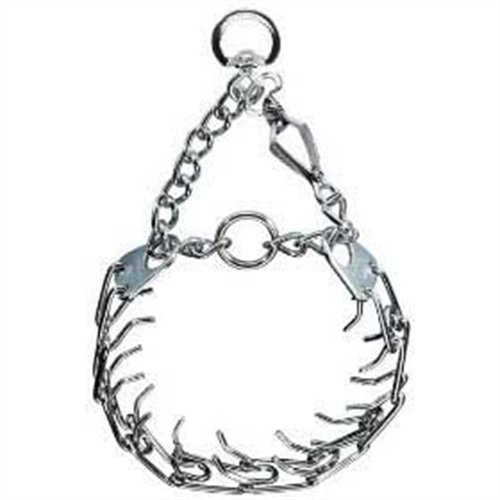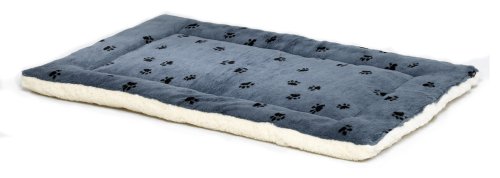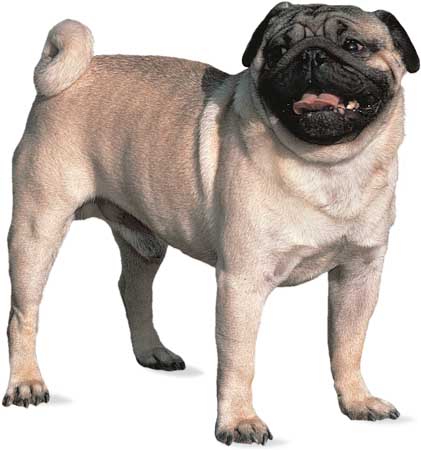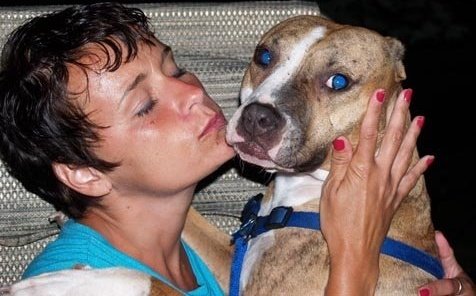
Tooth and gum problems are the most common medical condition I see in pets. Because bad breath in dogs and cats go hand in hand with other health problems it is best to treat this problem even if the breath is not objectionable to you.
The most common cause of bad breath is tartar buildup surrounding the teeth. As in people, small particles off food remain in the mouth after eating. These particles decompose creating conditions where oral bacteria thrive. These bacterial grow to form plaque which is a combination of bacteria, mineral and decomposed food. Plaque and associated oral infections give the pet’s breath an objectionable odor. Plaque also clings to the base of teeth causing the gums to become inflamed and recede. Inflamed gums leak blood serum with combines with and increase the amount of plaque. This plaque or calculus is visible as a hard yellowish coating on the outer base of the teeth.
Remarkably, pets with this condition rarely eat less. Early in the disease, the plaque is no more than a thin b rownish or yellowish coating on the sides of the teeth. It is most noticeable on the outer (lateral) surface of the larger molar teeth – the side adjacent to the cheeks and lips. In severe cases the margins where teeth and gums meet become highly inflamed and bleed when they are touched.
For reasons we do not understand, these problems are most severe in toy and smaller breeds of dogs and in purebred cats. Maltese have the highest rate of tooth and gum disease of all breeds.
This buildup of calculus causes the gum margins to recedes past the tooth enamel exposing the softer dentine material that covers the tooth roots. Dentine is much more porous and rougher than enamel and so holds infection in place. Once dentine is exposed periodic tooth care must be done more frequently and the teeth are eventually lost. This is why successful tooth care and good dental hygiene needs to begin early before these processes are advanced.
Immature pets that are in the process of shedding their “baby” teeth often drool and have bad breath. This is a transient problem. Some times it is accompanied by fever. Brushing these pets’ mouths with a dilute baking soda solution gives them relief and minimizes the odor.
In older pets, disease of the kidneys and liver often affect the mouth. These pets are often thin and frail. When I suspect that a pet with halitosis has major organ failure I run diagnostic liver enzyme levels as well as blood urea nitrogen and creatinine levels to check kidney function. Pets with organ damage require extra special care when tending to their teeth. Anesthesia during dental prophylaxis must be administered lightly and with special care. Often I place these pets on antibiotics after I clean their teeth as well as on special diets engineered to help failing organs.
When I see young cats with strong breaths and dental disease I screen them for feline leukemia as well as feline immunodifficiency disease (feline aids). When they are negative for these diseases, they often have resorptive dental disease in which deep cavities form in many teeth simultaneously for no apparent reason. In resorptive dental disease, the roots of the canine teeth are often exposed. Often incisor teeth in these cats drop out for no apparent reason. It is unclear if these cats are born with soft susceptible teeth or if another undescribed form of dental disease is present. Cleaning the teeth of cats with resorptive dental disease is not very effective. Eventually, these teeth need to be extracted. When this is done these cats go on to lead happy and healthy lives.
As kidney and liver disease can lead to dental disease; dental disease can lead to disease of the kidney and liver. Tartar accumulation around the teeth allows harmful bacteria to proliferate. These bacteria occasionally break loose and enter the pet’s circulation. Once in the blood stream, they lodge in crevices with the kidneys and liver and on the valves of the heart. Liver inflammation as well as scarred, poorly functioning kidneys are the result of bacteria lodging in these organs. When the heart valves are attacked by bacteria they shrink and scar causing blood to flow in the wrong direction. This is why it is common for dogs and cats with severe dental disease to have heart murmurs. It is not unusual for these murmurs to go away once the pet’s dental problems are treated.
Dogs and cats with chronic dental problems often drool. This wetness and the infection associated with tooth infections may cause the lips and the skin folds surrounding the lips to become inflamed. Once the teeth are cleaned these problems resolve.
Even if you do not give yearly booster vaccinations it is wise to take your pet to a veterinarian yearly to get a general checkup that includes a dental exam. The older your pet is the more important early exams become.
To retard the formation of plaque feed your pet a name brand dry commercial pet food. The crunchy biscuits help massage gums and wear away tartar. Some brands, like Friskys, market dental diets engineered to minimize plaque and massage the gums. Other brands incorporate enzymes to dissolve plaque. One of the worst things you can do to your pet’s teeth is to feed canned diets. The build up of plaque in pets fed soft, canned diets is very rapid. In a Duke University study, it was found that feeding cow tracheas (windpipes) with a little meat attached kept dogs teeth in great condition. Other investigations in research dog colonies fount that feeding oxtails once a week prevented serious periodontal disease.
Feeding chewy treats, bones, rawhide and treats impregnated with enzymes minimize dental plaque. Nylon bones work equally as well if the pet accepts them. Dog biscuits are of no value in preventing tartar buildup.
If you give your pet real bones be sure they are heavy shin and shank bones. Dogs and cats do better chewing on bones if they start when they are puppies and kittens. Do not give your pet chicken bones.
Brushing your pet’s teeth is the most important thing you can to maintain healthy teeth and gums. Use a child’s toothbrush and meat or malt favored toothpaste designed for animals. Use a very small amount of toothpaste – it is the brushing that is important – and concentrate on the gum margins. . If you start when your pet is a puppy or kitten the pet will not dislike the procedure. Even older pets learn to accept the toothbrush.
Veterinary hospitals and pet supply out lets sell chlorhexidine sprays and mouthwashes that contain enzymes that dissolve plaque and help reduce bacteria. They are not nearly as effective as brushing the teeth but are better than no home care.
If your pet has a placid temperament it is not difficult to scrap the tartar from the teeth and clean under the margins of the gums at home. Many pet professionals perform excellent tooth cleaning at home eliminating the need to have their pet anesthetized at a veterinary clinic. Your veterinarian or a pet supply catalog is a good source for a tartar-scraping tool. The best ones are double ended, one end suitable for the right and the other for the left hand side of the mouth.
Because the whine of the ultrasonic machine is distressing to most animals, this procedure is performed with general anesthetic or heavy tranquilization. Since it is often older patients, many of whom have heart disease, that need the procedure, I keep them under very light anesthetic.
Once the ligaments that fasten teeth to the bone of the jaw have been damaged by periodontal disease ultrasonic cleaning will not heal them. Mildly loose teeth can sometimes be preserved by cleaning and several weeks of doxycycline therapy either with oral tablets or oral patches. Severely loose teeth are best removed. Dogs and cats do very well with few remaining teeth. Problems are more in the minds of owners due to fear than to any difficulties experienced by the pets.
Some veterinarians and dentists specialize in crowns for damaged pet teeth. Other than for attack dogs, this is a purely cosmetic procedure satisfying the owner, not the pet. I suggest you spend the money on your pets in other ways – such as a trips with your pet to the country or the park and contributions to your local Humane Society.
© Ron Hines DVM Ph.D. 5/19/2004 – Reprinted by permission
 Why Do Dogs Howl?
Credit: Soggydan via Flickr
Why Do Dogs Howl?
Credit: Soggydan via Flickr
 How To Select And Fit A Prong Collar
A prong collar looks like a
How To Select And Fit A Prong Collar
A prong collar looks like a
 Washable Dog Bed for Large Dogs
As I walked down the aisles
Washable Dog Bed for Large Dogs
As I walked down the aisles
 Curly Tailed Dog Breeds
Dog Breeds With Curly Tails
One of the most distinct featu
Curly Tailed Dog Breeds
Dog Breeds With Curly Tails
One of the most distinct featu
 Interview With A Pit Bull Rescuer
Interview With A Pit Bull Rescuer
Catherine Hedg
Interview With A Pit Bull Rescuer
Interview With A Pit Bull Rescuer
Catherine Hedg
Copyright © 2005-2016 Pet Information All Rights Reserved
Contact us: www162date@outlook.com